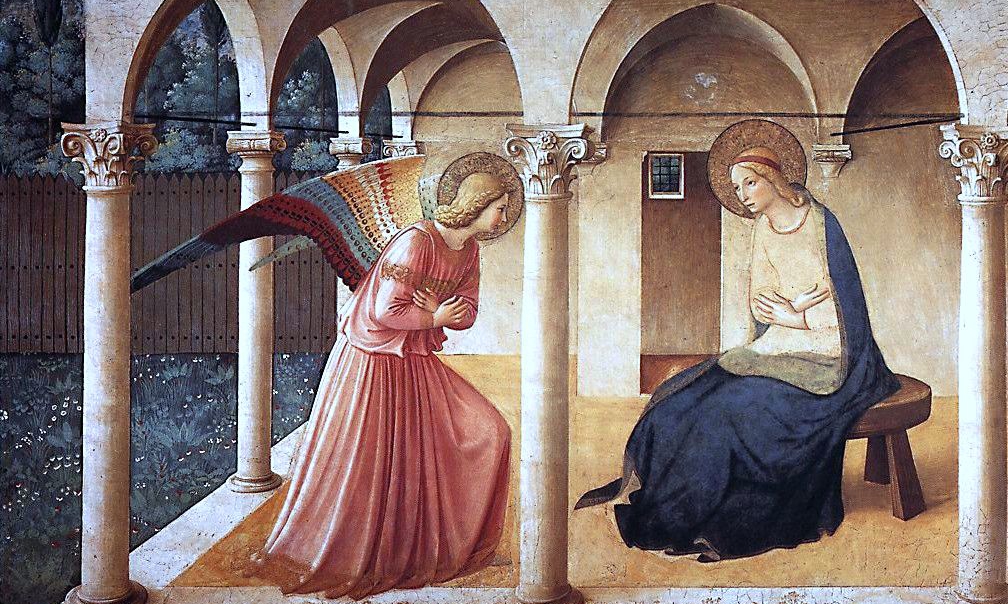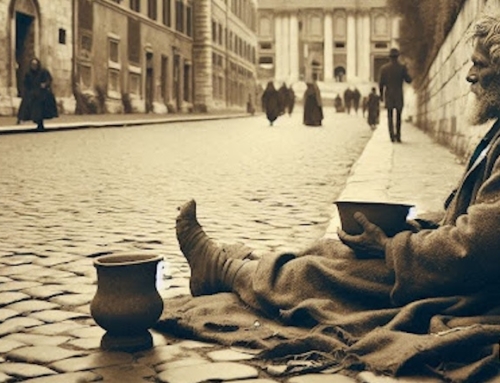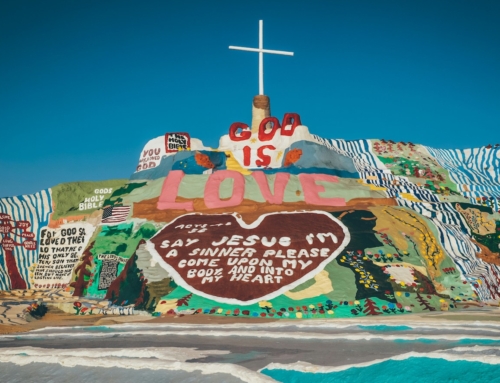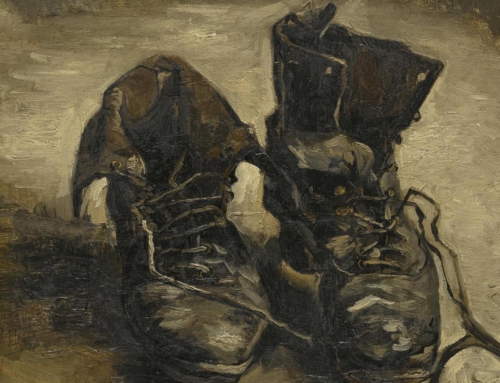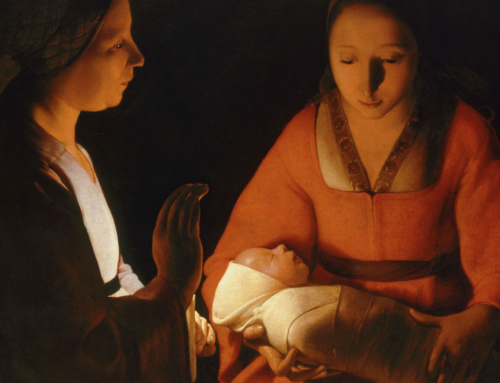Today we celebrate the feast of our Dominican brother, Blessed John of Fiesole (more commonly known as Fra Angelico). His paintings are some of the most enchanting depictions of the life of Christ and of the Church, and they continue to capture the imagination of Christians and non-Christians alike. The vivid colors he employs dazzle the imagination and draw the mind up to heavenly things.
Fra Angelico preached through his painting, and to understand the impact of Fra Angelico’s painting as evangelical preaching, one must know the context in which he painted—the rhythm of Dominican life. Some of Fra Angelico’s paintings were painted for his brother Dominicans. From his entrance into the Dominican Order in 1434 at San Marco convent in Florence until 1445, Fra Angelico painted many frescoes inside the friars’ rooms and in the corridors. Each painting would have assisted the brothers in meditating on the the life of Christ as they went about their day in the convent. The brethren were no doubt aided in their mission to contemplate and to pass on to others the fruits of their contemplation. It is only upon his return to San Marco in 1450, from a five year hiatus in Rome where he was painting in the Vatican Palace, that Fra Angelico painted the scene of the Annunciation pictured above. Today, it seems, of all his frescoes, this is the one that is reproduced the most. To properly understand this painting, however, it is helpful to consider its original context.
As one ascends to the second floor of the friars’ dormitory, this painting is situated at the top of the stairs. You can’t miss it; the dimensions are, roughly, 9 feet by 6 feet. A few features stand out. Firstly, the pillars depicted in the painting are exactly like the ones in the actual corridor. The space, therefore, is very plain, so as to replicate what was actually found in the dormitory. Additionally, this feature can be understood to help show the poverty and humility of Our Lady. The Dominican preacher would have used this to meditate on Our Lady and on one’s constant need for grace.
Next, one notices that the figures of the angel Gabriel and Our Lady are much too large for the space they are in. Both this and the previously mentioned feature show the ingenuity and wisdom of Fra Angelico. He desired to bring the mystery to life by depicting it not in Nazareth but in the priory of San Marco. He did this by imitating the architecture of the priory and making the bodies close in size to real human beings. In particular, the pillars flow smoothly into a series of vaults that created an atmosphere of heavenly mystery. Similarly, the life-size depictions of Gabriel and Mary bring about a timelessness of the event of the Annunciation whereby the friars encounter the event anew everyday. The mystery of the Incarnation was so real and vivid to Fra Angelico; one can see him sharing his joy of God’s redeeming work through this painting.
Lastly, there is an abiding peace in this painting, portrayed through Gabriel and Mary’s solemn postures. Both are bent slightly at the waist with their hands crossed over their chests in humility and obedience as they meet each other’s eyes. This silent communication reminds those who see it of the simplicity of the Annunciation. For the friars of San Marco, it would have reminded them to maintain silence so as to make the cloister a place of uninterrupted study and prayer.
Through the intercession of Fra Angelico and through his paintings, may we be drawn deeper into the mysteries of the Gospel, just as the friars were at San Marco all those years ago.
✠
Image: Fra Angelico, The Annunciation (CC by 2.0)

